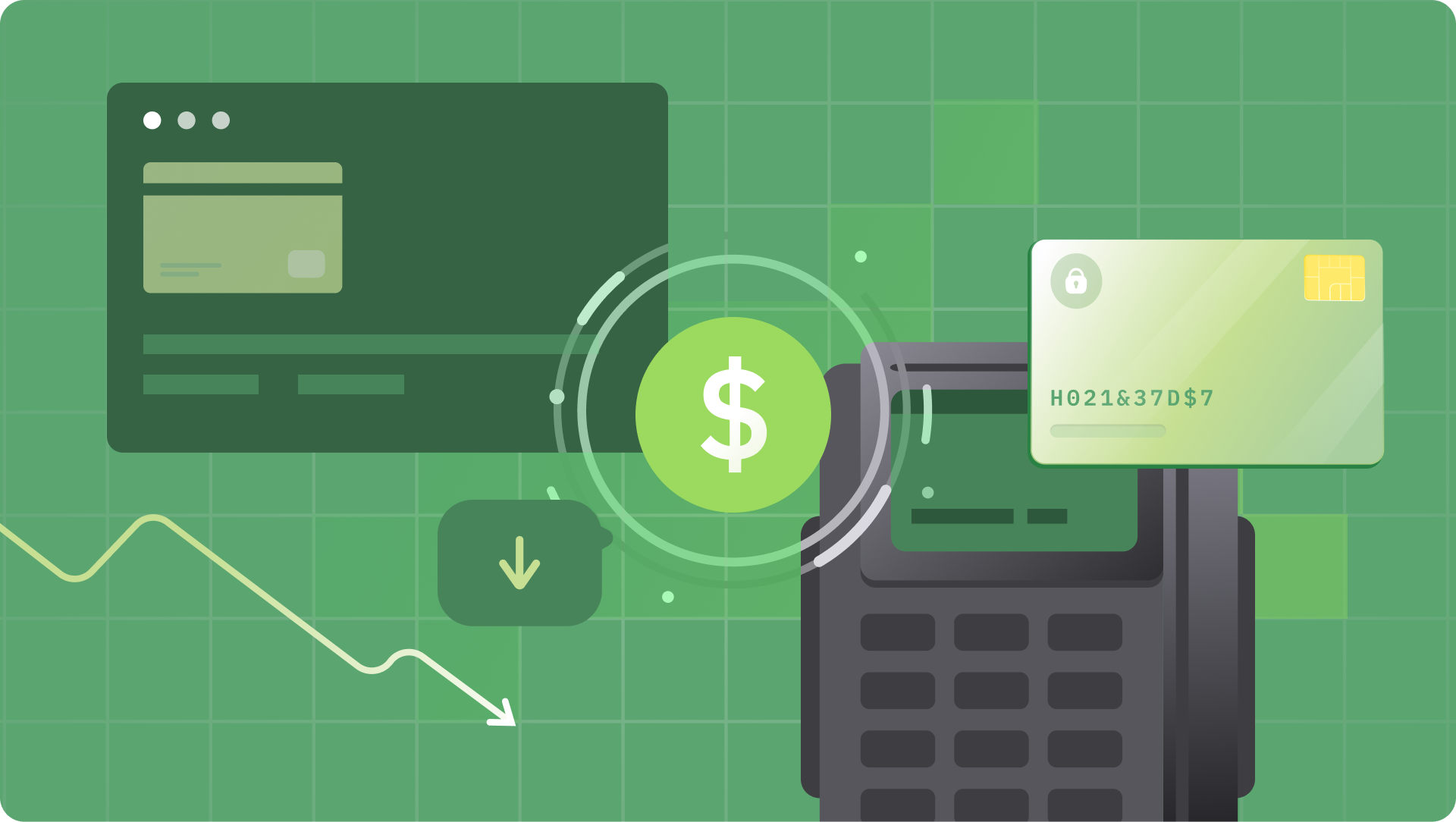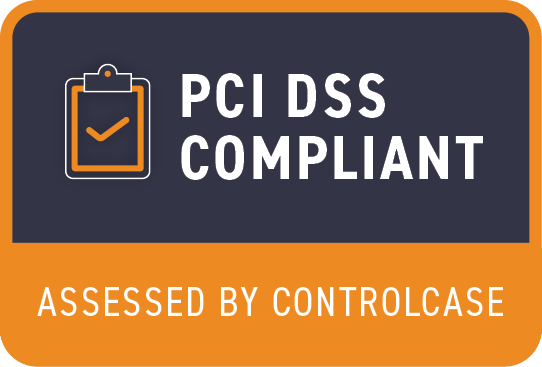Have you ever stopped to wonder what happens behind the scenes when you swipe your credit card at the grocery store or enter your payment details online? The magic of card payments lies in a complex yet fascinating process known as the card payment lifecycle. Understanding this journey unlocks valuable insights for both businesses and consumers. Here are the crucial details.
Benefits of Payment Cards
For businesses, card payments offer a secure and convenient way to facilitate transactions from customers around the world, fostering a global marketplace. This eliminates the risk of bad checks and allows for real-time confirmation of funds, significantly streamlining the sales process. The time and resources saved by not having to chase down unpaid checks or deal with fraudulent transactions is incredible. Card payments provide immediate peace of mind for business owners.
Customers, on the other hand, benefit from the ease and speed of card transactions. Whether shopping online or in-store, the card payment lifecycle offers a frictionless experience, particularly with the rise of contactless payments. Mobile wallets and wearable devices allow customers to simply tap and pay, eliminating the need to fumble for cash or swipe a physical card. This convenience is a major advantage in today's fast-paced world, where time is a valuable commodity.
Furthermore, cards often come with reward programs and purchase protection, adding significant value for the cardholder. Reward programs incentivize customers to use their cards more frequently, offering benefits like cashback, points towards travel, or discounts on merchandise. Purchase protection, on the other hand, provides peace of mind in case of damaged or stolen goods, ensuring a sense of security for the cardholder. By offering these benefits, card companies create a win-win situation for both businesses and consumers, contributing to the widespread adoption of card payments in the global economy.
Key Players in the Payment Lifecycle
The seemingly effortless swipe or tap of a card at a terminal conceals a complex yet fascinating cohesion between several key players. Understanding these roles within the card payment lifecycle (card transaction lifecycle) is crucial. It facilitates secure and efficient financial transactions.
Merchant: At the forefront stands the merchant, the business that welcomes customers and offers goods or services in exchange for payment. Equipped with card acceptance capabilities, the merchant acts as the starting point for the transaction journey.
Cardholder: On the other side of the card transaction life cycle stands the cardholder, the individual wielding the plastic power of their credit, debit, or prepaid card.
Acquirer: To enable the money transfer, the merchant partners with an acquirer, who can also act as a payment processor. The acquirer plays a critical role by providing the merchant with the necessary hardware and software infrastructure, such as point-of-sale terminals or online payment gateways. These tools act as the bridge, capturing customer card details and securely transmitting them for authorization.
Issuer: Issued by a financial institution, the card serves as a secure representation of the cardholder's account and creditworthiness. This trusted partner, known as the issuer, plays a vital role in approving or declining transactions based on the cardholder's available funds and credit limits. The issuer closely monitors card activity and employs sophisticated security measures to ensure responsible spending and prevent fraud. To ensure responsible spending and prevent fraud, the issuer closely monitors card activity and employs sophisticated security measures.
Card Scheme/Card Network: Giants (like Visa and Mastercard) act as the central hubs of the entire network. They facilitate seamless communication between all the parties involved, ensuring that information flows securely and efficiently. Card schemes establish the rules and protocols that govern the entire card payment lifecycle, promoting trust and reliability within the system. By managing the network infrastructure and facilitating communication, card schemes ensure the smooth operation of this global financial ecosystem.
How Online Card Payments Work
While the core principles remain the same, online card payments differ slightly from traditional in-store transactions. Instead of a physical card swipe, customers enter their card details into a secure checkout page on a merchant's website. This acts as a virtual terminal, transmitting the information to the payment processor. Similar to in-store transactions, online payments require authentication and authorization steps to verify the cardholder's identity and ensure sufficient funds are available. Through strong customer authentication protocols, online security is constantly evolving to protect cardholders from fraud.
The Path of Money in Payment Processing explained step by step
- Cardholder Entry: The cardholder inputs their card details on the online checkout page and clicks pay.
- Information Transfer: The entered card details are sent to the merchant's acquirer through a payment processor.
- Message to Card Scheme: The acquirer forwards the transaction information to the relevant card scheme (e.g., Visa, Mastercard).
- Card Scheme to Issuer: The card scheme relays the transaction details to the cardholder’s issuing bank.
- Issuer Verification: The issuer checks if the cardholder is legitimate and verifies if sufficient funds are available.
- Response to Acquirer: The issuer sends an authentication and authorization response back to the card scheme.
- Acquirer Notification: The card scheme passes the response to the acquirer, who then informs the merchant either directly or via a payment processor.
- Payment Confirmation: The merchant confirms the successful payment to the cardholder, completing the transaction.
Maximizing Your Payment Data Insights
Just a simple card swipe unlocks valuable data within the card payment life cycle. Businesses can leverage this data to understand their customers better. Analyzing customer spending habits reveals patterns in purchases, amounts, and frequency. This empowers businesses to tailor marketing campaigns with laser focus, targeting specific customer segments with personalized offers.
For instance, a clothing retailer might identify activewear buyers and send targeted email campaigns promoting new gym clothes or exclusive discounts. The card payment lifecycle also generates valuable data on customer channel preferences and device usage.
Businesses can understand how customers interact with them, be it online platforms, mobile apps, or physical stores. This knowledge optimizes marketing efforts across different channels, ensuring they reach their target audience effectively.
Data analysis is also crucial for fraud prevention. Businesses can flag potential fraud and protect their customers by identifying unusual spending patterns or transactions from unfamiliar locations. This safeguards financial resources and builds trust.
Finally, sharing anonymized data with issuers can contribute to a smoother payment process. This collaboration allows issuers to gain a better understanding of cardholder spending habits, potentially streamlining the authorization process for legitimate transactions. By working together, businesses and issuers can leverage data within the card payment lifecycle to create a frictionless and secure payment experience for all.








